#the cloisters
Text
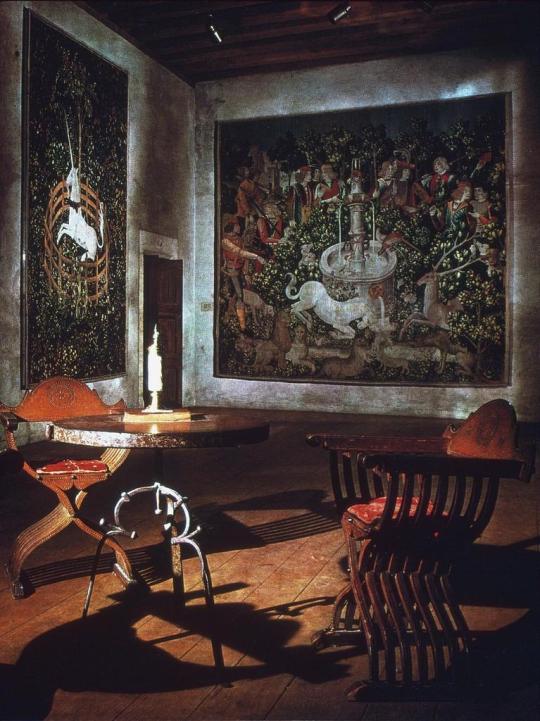
Unicorn Tapestries from the late 15th century at the Cloisters, BD
683 notes
·
View notes
Text
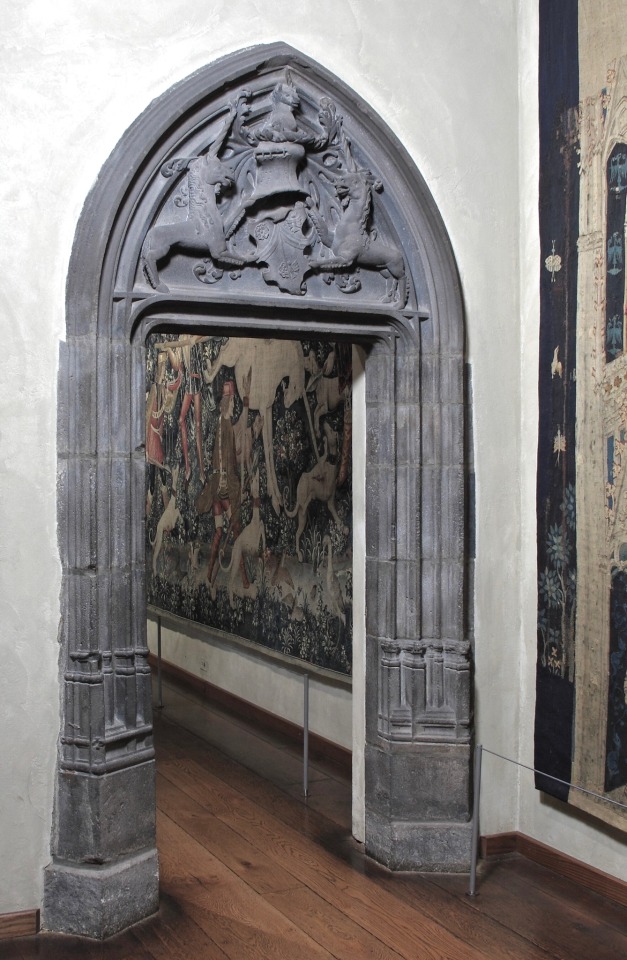
x
#french#unicorn#door#doorway#installation#the cloisters#france#volcanic stone#stone#volcanic#16th century#renaissance#renaissance art
1K notes
·
View notes
Text



Saint Firmin Holding His Head, ca. 1225-75, Amiens, France, limestone and paint
MET
290 notes
·
View notes
Text

The Dragon of Harlem is born.
#the unsleeping city#dimension 20#d20 unsleeping city#d20#d20 fanart#rowan berry#kingston brown#the cloisters#Langston brown#unsleeping city dragon#dimension 20 fanart#siobhan thompson#lou wilson#brennan lee mulligan#smolidotti
164 notes
·
View notes
Text
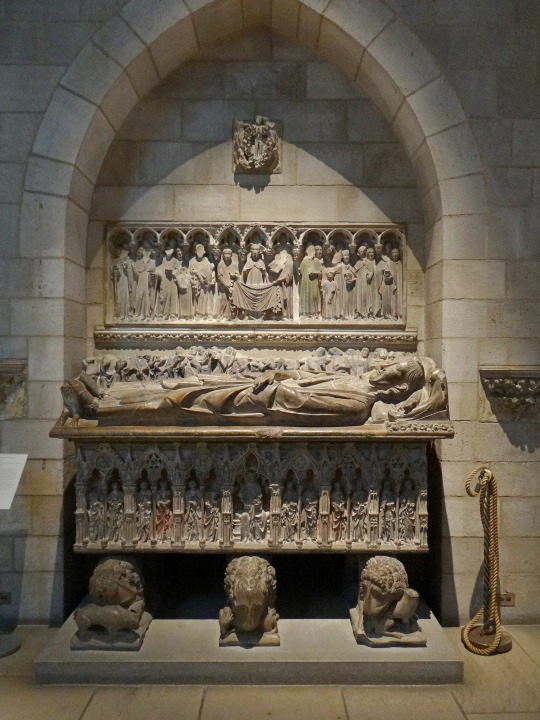
Tomb of Tomb of Ermengol VII, Count of Urgell, c. 1300-1350. A super fancy tomb in the Cloisters, a museum in New York City.
#tomb#the cloisters#museum#artifact#sarcophogus#original photography#cemetery#photography#taphophile#taphophilia#lensblr#photographers on tumblr#tombs#medieval#catalan#sculpture#wanderingjana
126 notes
·
View notes
Text



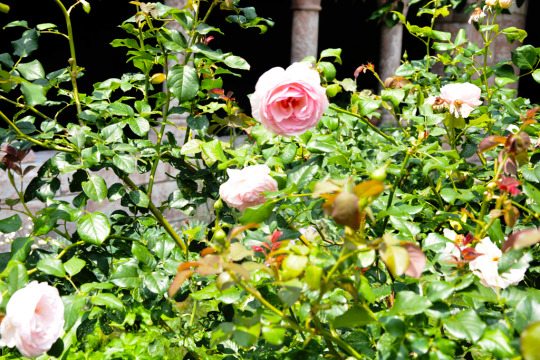
the cloisters, new york city, june 25th, 2023
150 notes
·
View notes
Quote
Nothing, I knew, was as powerful as curiosity. I had always considered it more powerful than lust. After all, wasn't that why Adam bit into the apple? Because he was curious? Because he needed to know? For research.
The Cloisters, Katy Hays
248 notes
·
View notes
Text
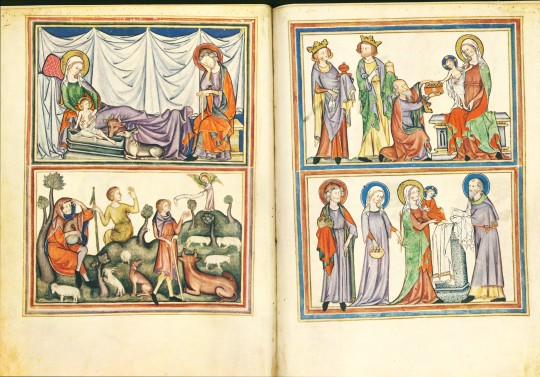
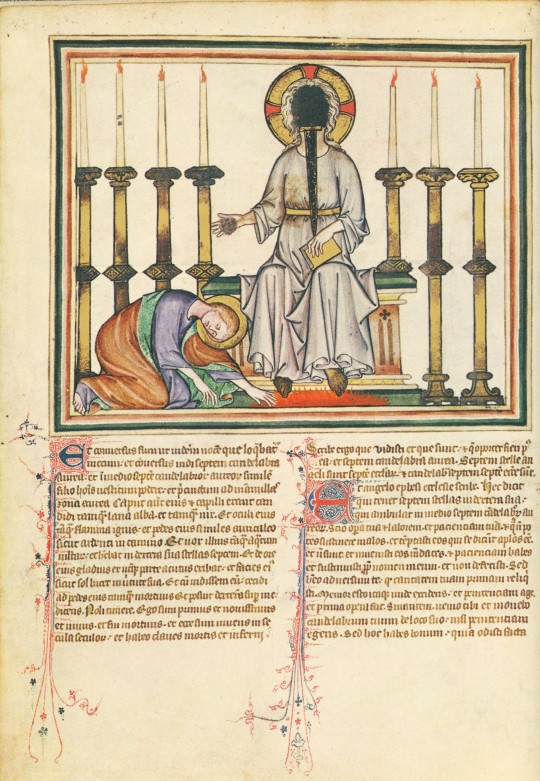



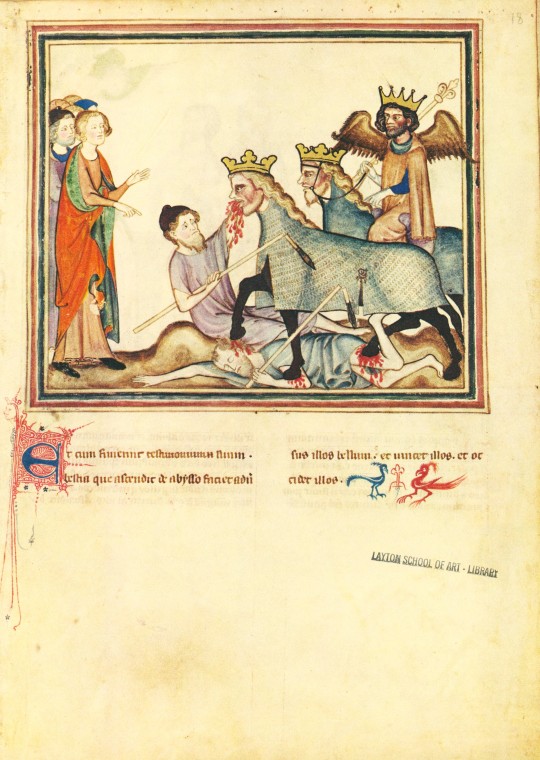
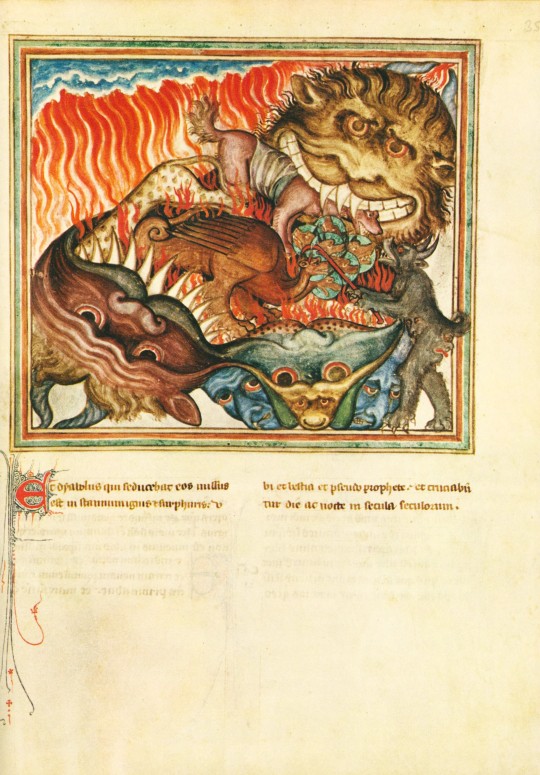

An Apocalyptic Manuscript Monday
This week we present our facsimile of the 14th-century Cloisters Apocalypse, published in 1971 by the Metropolitan Museum of Art in New York. As described in the introduction to the commentary about the manuscript, “[famine], pestilence, strife, and untimely death inspired apocalyptic fantasies and movements in Europe throughout the Middle Ages” (page 9), and this environmental influence led to the popularity of apocalyptic manuscripts like this French Apocalypse. Made in the 1330s for a Norman aristocratic couple, this manuscript has a few interesting details that set it apart from other Apocalypses, especially in relation to two other manuscripts in London (British Library, Add. Ms. 17333) and Paris (Bibliothèque Nationale, ms. Lat. 14410) that share similar formats, styles, and sequences with the Cloisters manuscript.
The first unique detail is the prefatory cycle of the life of Jesus in the introductory folios (1-2 verso). Since the Apocalypse of St. John the Divine (also known as the book of Revelation) was written by a titular St. John, prefatory cycles in Apocalypses usually consist of his life, rather than Christ’s. The other aspect of this manuscript that makes it distinct amongst its sister manuscripts is the addition of a dedication page on folio 38 verso. This page shows a man and woman kneeling in front of a tonsured saint and the Virgin and Child, respectively, representing the people for whom this manuscript was originally made for.

Interestingly, this manuscript also has multiple pages added to the original manuscript. Pasted on the inside front cover are handwritten provenance notes. The manuscript also did not originally include chapters and verses 16:14 through 20:3, and pages with this text were later added to the manuscript after the dedication page.
The materials used to create this manuscript include tempera, gold, silver, and ink on parchment with a later leather binding. If you are interested in seeing this unique Apocalypse manuscript, you can either use our facsimile, visit Gallery 13 of the Metropolitan Museum of Art’s Cloisters where the original is on display, or view their digital presentation of the manuscript.
View other posts on our facsimiles of illuminated manuscripts.
– Sarah S., Special Collections Graduate Intern
#manuscript monday#apocalypse#cloisters apocalypse#the cloisters#met#the metropolitan museum of art#manuscripts#illuminated manuscripts#french manuscripts#book of revelation#Revelation of St. John#facsimiles#manuscript facsimiles#Sarah S.
50 notes
·
View notes
Text
I forgot to post all the photos I took last year when I visited the cloisters and took photos of everything that made me think of Hogwarts from the movies/video games
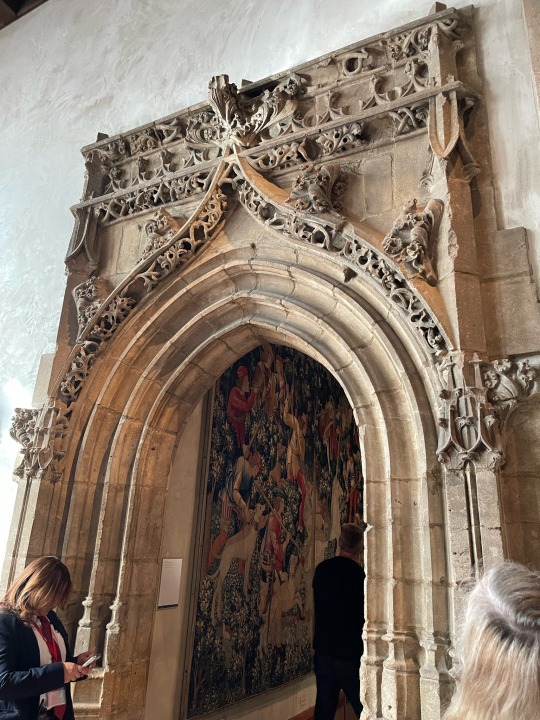
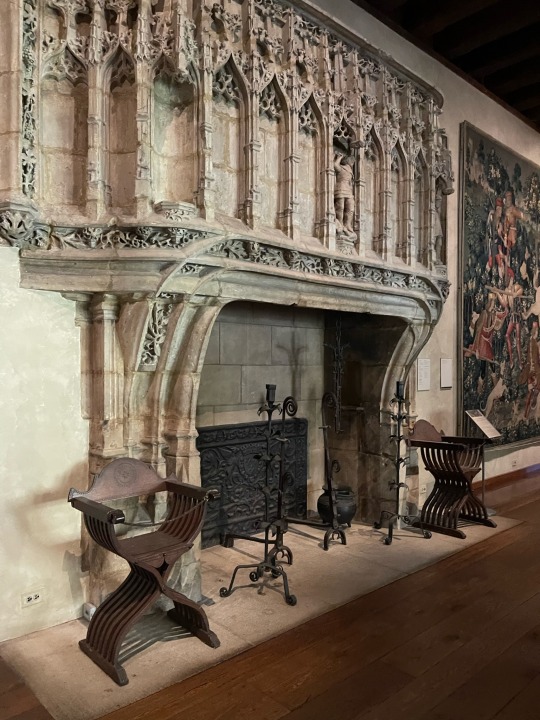


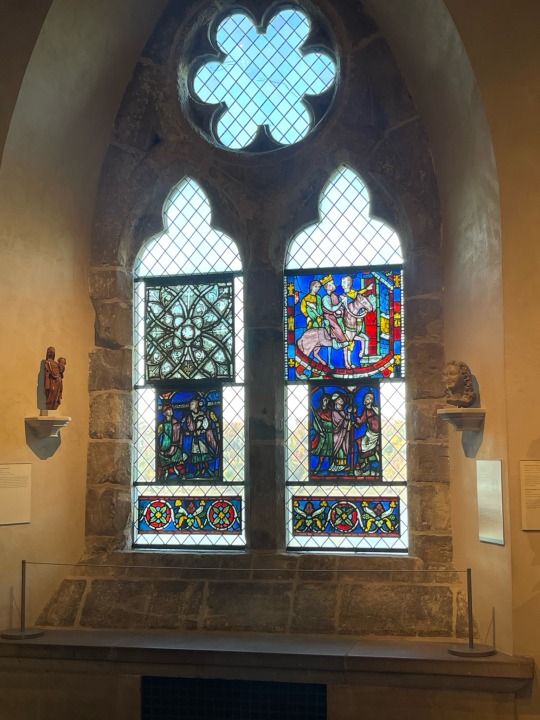
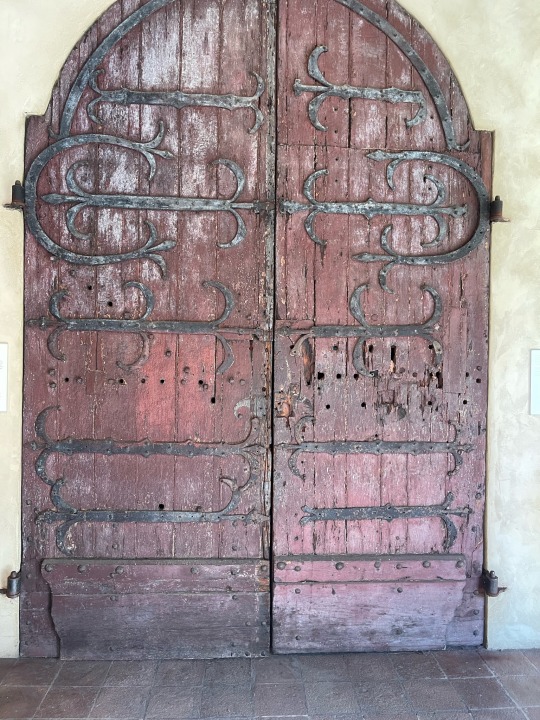
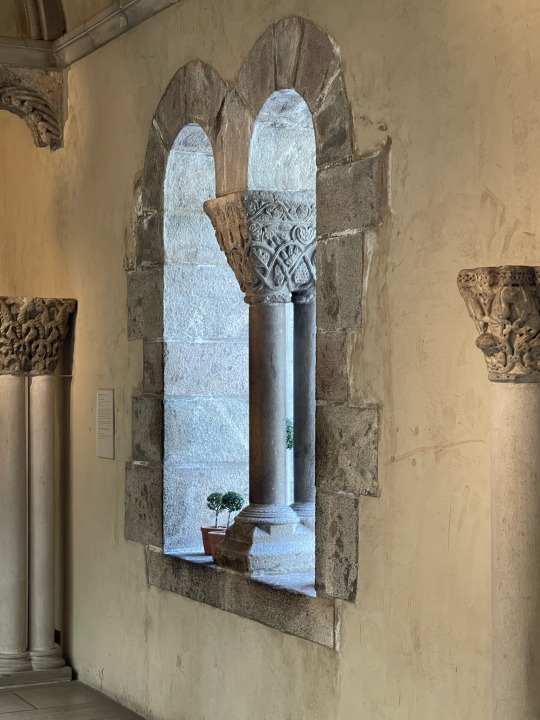



#hogwarts legacy#Hogwarts#Harry Potter#YES THOSE ARE THE REAL UNICORN TAPESTRIES#the cloisters#references
41 notes
·
View notes
Text
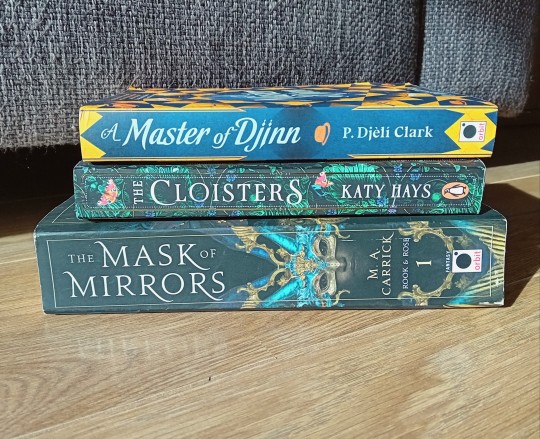
thrift haul 📚
i found these three fantasy books at the thrift store today!! i haven't really heard much about any of them, are they any good? ☕️
#mine#books#reading#fantasy#thrift haul#tbr#booklr#book haul#bookstore#a master of djinn#the cloisters#the mask of mirrors
10 notes
·
View notes
Text

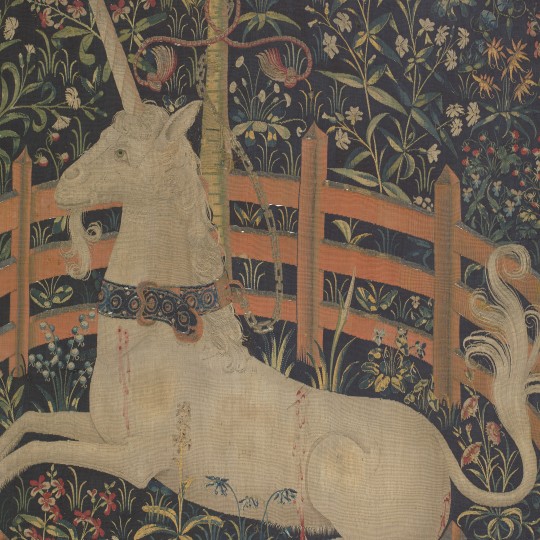
French/South Netherlandish, The Unicorn Tapestries: The Unicorn Rests in a Garden, ca. 1495-1505, wool (The Cloisters Museum, NYC)
One of the masterpieces you will see if you ever venture to Fort Tryon Park in NYC to the Cloisters Museum
119 notes
·
View notes
Photo
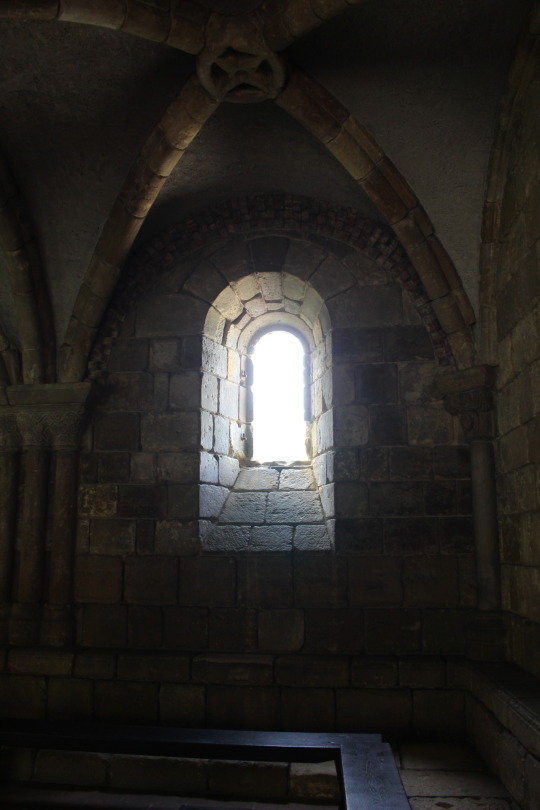
Late winter light
7 notes
·
View notes
Text

“There’s an extra storey between the second and third floors of the Cloisters. ”
― Rainbow Rowell
original auntieblues
18 notes
·
View notes
Text

The Cloisters Museum, NYC
6 notes
·
View notes
Text
18 notes
·
View notes
Photo



19 notes
·
View notes